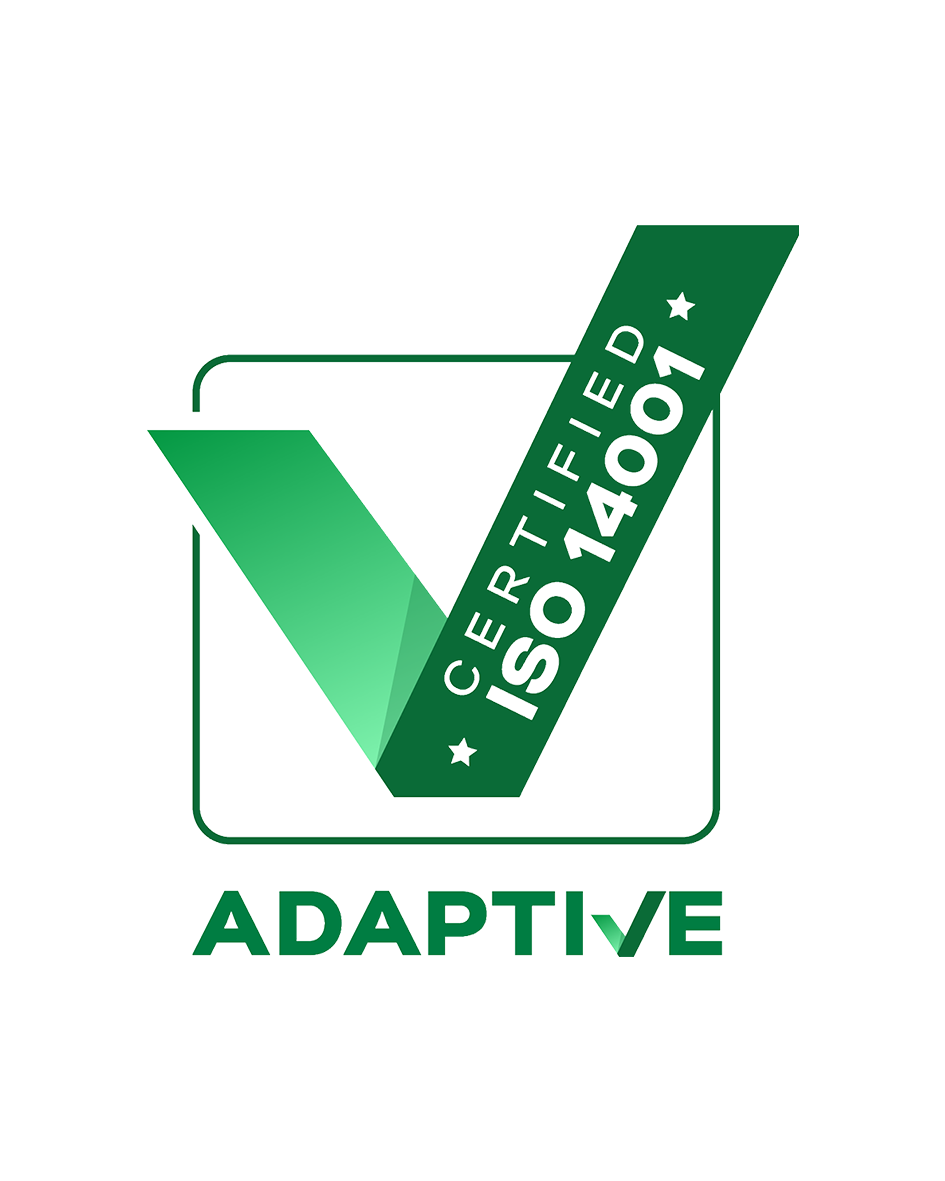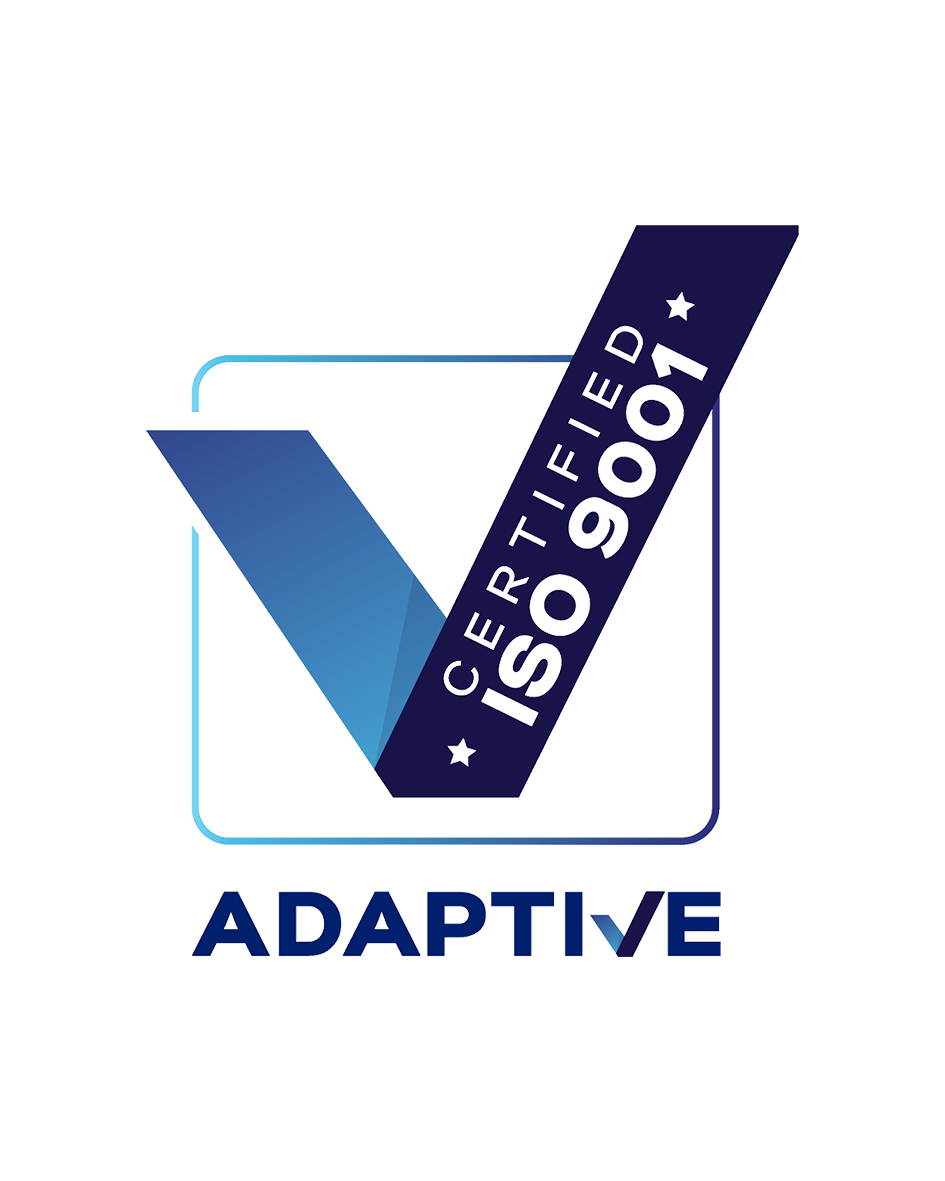What is Concrete Injection Levelling?
Concrete injection leveling, also called polyurethane resin injection levelling or slab jacking, is a method used to lift and stabilise uneven or sunken concrete slabs.
This process is commonly employed to fix issues with driveways, sidewalks, patios, foundations, or other concrete surfaces that have settled or become uneven due to soil erosion, poor compaction, or other ground movement.
How Concrete Injection Levelling Works
Concrete injection levelling is a modern and efficient method to restore sunken or uneven concrete surfaces.
Here is the step-by-step process of concrete injection levelling, highlighting its effectiveness and the benefits it offers for both residential and commercial properties.
1. Assessing the Problem
The process begins with an inspection to identify the areas of the concrete slab that are uneven or sinking and evaluate the underlying causes of the settling, such as voids or weak soil conditions, to ensure that the levelling process is effective and long-lasting.
2. Drilling Access Holes
Small holes are drilled strategically into the sunken concrete slab. These holes serve as access points for the injection material and are positioned to provide even lifting and proper distribution.
3. Injecting the Material
A specialised material, usually polyurethane foam, is injected through the drilled holes into the space beneath the concrete slab. This step involves precise control to ensure the material spreads evenly and fills any voids or gaps in the soil.
Polyurethane Resin Injection: This is the most common material used today. Polyurethane resin is lightweight, quick-expanding, and highly durable. When injected, the resin expands and exerts upward pressure, re-levelling the concrete back into its original position.
4. Lifting the Slab
As the resin expands, it applies consistent pressure underneath the slab, lifting it back to the desired level. This process is carefully monitored to prevent over-lifting, cracking, or damaging the concrete.
5. Sealing the Holes
Once the slab is re-levelled, the access holes are patched with a matching concrete mix or sealant to restore the surface’s appearance and functionality.
6. Treated Sections Return To Immediate Operation
The treated sections are returned to operation immediately after the injection work.
Advantages of Concrete Injection Levelling
Cost-Effective
This method is significantly less expensive than removing and replacing a sunken concrete slab. It uses less material and labour, making it an affordable repair option.
Fast and Efficient
The entire process can usually be completed within a few hours, minimising disruption to your property. Once completed, the surface is ready for operation immediately.
Non-Invasive
Only small access holes are drilled, and there is no need for heavy excavation or large equipment. This minimises damage to surrounding landscaping or structures.
Durable and Long-Lasting
Polyurethane resin is highly resistant to water, chemical damage, and deterioration, making it a long-term solution. It provides ground improvement to weak or eroded soil.
Lightweight Solution
Polyurethane resin is much lighter than traditional cementitious grout, reducing the risk of further settling caused by added weight. This is particularly important in areas with loose or unstable soil.
Environmentally Inert
This process extends the lifespan of existing concrete, reducing the need for demolition and disposal. Additionally, polyurethane resins are environmentally Inert and do not leach into the environment.
Surgical & Precise
This process is surgical in nature and accurate within mm to achieve precise levelling, ensuring a smooth, even surface.
Mainmark also provides the following in Australia: wall crack repairs, sinking floor repair, Concrete slab repair, sinking foundation repair, underpinning, ground improvement, re-levelling, subsidence repair, void filling and slab lifting

Common Applications
Concrete injection leveling is widely used for a variety of residential, commercial, and industrial applications, including:
- Uneven driveways
- Sunken factory or warehouse floors
- Dishing and sunken transport yards
- Sunken sidewalks
- Uneven and sinking garage floors
- Settled building foundations
- Airport runways and highways

Polyurethane Resin Injection vs. Mudjacking
While both polyurethane foam injection and mudjacking achieve similar results, polyurethane foam has become the preferred method in most cases due to its numerous advantages:
- Faster Cure Time: Polyurethane foam sets in minutes, while mudjacking grout may take hours or days to fully cure.
- Lightweight Material: Foam is lightweight and doesn’t add significant weight to the soil, reducing the risk of future settlement.
- Water Resistance: Polyurethane foam is highly resistant to moisture, making it ideal for areas with fluctuating water levels.
- Smaller Holes: The holes required for foam injection are smaller than those needed for mudjacking, resulting in a cleaner finish.
Concrete injection levelling is a modern, cost-effective, and minimally invasive solution for repairing uneven or sunken concrete slabs.
By utilising advanced materials like polyurethane resin injection, this method provides durable and precise results, extending the life of concrete surfaces without the need for full replacement.
Whether you’re dealing with a sinking warehouse floor or driveway, concrete injection levelling is a practical and reliable way to raise and re-level your property.
Mainmark provides underpinning in, Canberra, Hobart, Townsville NSW, QLD, SA, WA, Tasmania, Victoria plus the major cities of Sydney, Melbourne, Perth, Adelaide, Brisbane, Newcastle
Get a FREE quote
Arrange a site assessment in 3 simple steps:
Step 1
Submit your enquiry using our online form. Include a brief message about the type of foundation issues you are experiencing.
Step 2
Our friendly customer service team will be in touch to schedule a site assessment that suits you.
Step 3
One of the Mainmark experts will visit your home or property, assess the damage, and ascertain the likely cause. They will establish the approach needed, creating a plan specific to the needs of your building and provide you with a detailed quote.































